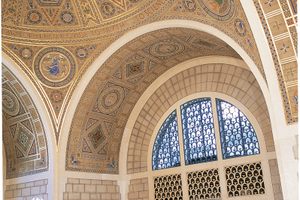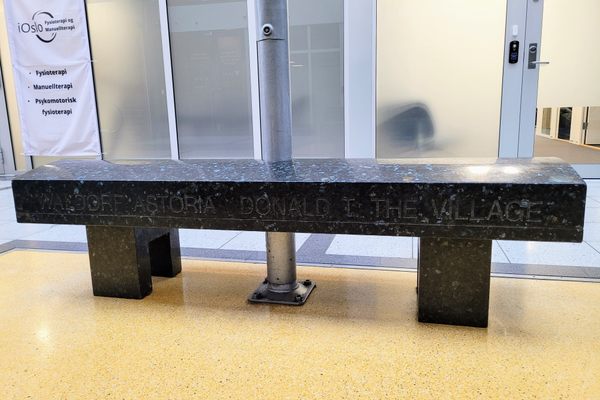About
Meetings between foreign leaders and diplomats traditionally involve an exchange of gifts as a sign of good will. The State Department Protocol Gift Office is the team responsible for handling these exchanges on behalf of the U.S. government, and they process the treasure trove of gifts that pour in from abroad.
A 71-page document from 2015 (the most recent filing) itemizes and appraises this hoard of art, jewelry, and historic goodies. Analyzing the list, Middle Eastern governments stand out as some of the most lavish gift givers. Saudi Arabia alone generally spends a million dollars a year on shiny objects like a $88,000 ruby encrusted sword, a $160,000 Thomas Mercer chronograph, and a $522,000 diamond encrusted horse sculpture. Or take the intriguing description of Qatar’s $110,000 “gold-plated mechanical bird of a Common Chiffchaff that tweets, turns, and flaps its wings once per hour.”
The president doesn’t get to keep any of this loot however; once the Protocol Gift unit processes everything most of it gets shipped off to a National Archives warehouse. In an interview with The New Yorker last year, the chief gift officer put it plainly; “We look at them for a few minutes and then hand them over for recording.”
Occasionally, as was the case for a Pakistani muzzle-loaded gun in 2015, gifts will be retained for official display in government offices. The only gifts that are not retained are food and liquids. “Perishable items [are] handled pursuant to the United States Secret Service policy,” which probably means they are given to the staff or thrown away.
Contrary to the status of the economic trade deficit, the U.S. imports far more gifts than it exports. By law, the president is allowed to spend no more than $2,000 on a gift, and the Secretary of State gets a miserly $1,000. This leads to amusing headlines every few years when the U.S. shows up to a meeting notably lighthanded.
Related Tags
Published
March 7, 2017































